They say that dog owners become like their pets. I wonder if something similar can fairly be said of car makers and their products. Modern Land Rovers have many qualities, but they aren’t the most responsive or agile of modern family cars; and neither, as a company, is Land Rover.
Remember the Land-e concept? Some years ago, I spent a happy couple of hours being told all about it in the airy lobby at Land Rover’s Gaydon headquarters. It was a technological showcase intended to give prominence to all the little things the firm was either doing or developing at the time to make its showroom models more fuel efficient. As such, I dare say it served its primary purpose perfectly well.
But it was also a Freelander-sized car with a downsized engine, hybrid drive and an electric rear axle, and it was shown way back in 2006. Perhaps the management couldn’t see the wood for the trees back then, or maybe they just didn’t see a demand for an electrified Land Rover at all. Well, there should certainly be demand for one now
After quite the wait, then, the plug-in hybrid Discovery Sport is finally with us, just in time for the inevitable frenzied plug-in panic buying. It isn’t Land Rover’s first PHEV, nor the first medium-sized SUV to the plug-in party either. While Solihull was stroking its beard and plumping its various padded apparel, its rivals were simply getting on with launching their own alternatives; and, from Ford to Audi and Volvo to Volkswagen, most already have.

So what impact can this new Discovery Sport P300e have on what is becoming a quite well-established part of the SUV market? And what can it consequently do for Land Rover’s millstone-like fleet-average corporate CO2 emissions? Well, the short answer to both questions ought to be ‘plenty’.
Globally, the Discovery Sport is still the best-selling model in the whole Jaguar Land Rover stable.
Like most electrified options, the P300e won’t be one of the cheaper options within the model range (although it’s better-priced than most of its key rivals), but to businesses and to fleet drivers who can save on their tax bills by running one, it should make very good financial sense.
Will it make such a convincing case to own, to use and to drive, though? Well, after some back-to-back testing and interrogating alongside a couple of plug-in rivals, the BMW X3 xDrive30e and Volvo XC60 T6 Recharge, I can tell you with some confidence that it should. As well as having the right kind of vital statistics on paper, this new-breed Land Rover turns out to be a bit of a peach to drive: refined, responsive and very pleasant indeed. To some, it might not be the fuel-saver in practice that it promises to be on paper – but, as with all PHEVs, that will depend on how you use it as much as anything. Ah yes, the perfect get-out-of-jail-free card: blame the end user.
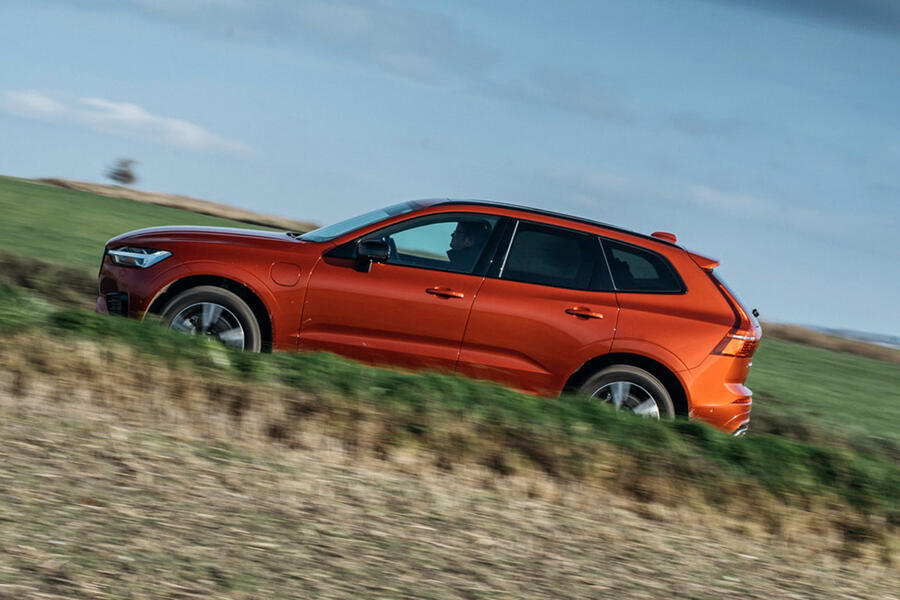
That the Land Rover is technically more alike to the Volvo than the BMW represents something of a risk for Gaydon. Since it’s effectively a front-wheel-drive car with four-wheel drive delivered by an electrically driven rear axle (like the Volvo XC60), it doesn’t technically have permanent mechanical four-wheel drive (unlike the BMW – although even the X3’s system is a switchable clutch-based set-up rather than a central-differential-based one). Given its core values, I’m surprised that Land Rover went down that route, but the reward is a better running efficiency for the car in electric-only mode, because driveline friction is much lower than it would otherwise be.
That’s an advantage that the Discovery Sport then rams home with a king-sized drive battery. Here, 15kWh for the Land Rover plays 12kWh for the BMW and 11.6kWh for the Volvo. So it’s the Land Rover that has the greatest claim for electric-only range of the trio, and it delivers a good-sized advantage on electric range in real-world testing.
Our comparison started with back-to-back road loops taking in a mix of urban and country roads. These suggested that you might get a genuine 30 miles of electric running in the Land Rover on a fully charged battery, compared with 25 from the Volvo and only 20 from the BMW. And if you happen to live about 30 miles from the office, that could make all the difference to what a car like this might cost you to own. Come to think of it, it could also make quite a difference to how much fuel you might use in an environment in which legislators could conceivably start hiking up fuel duty sooner rather than later – although let’s hope they don’t.
For practicality, the Land Rover does equally well. It’s not, somehow, a car that you expect to be particularly roomy. It looks narrower, shorter and more upright than its rivals. But because you sit less recumbently inside it (and because it offers sliding back seats, while neither the BMW nor the Volvo does), there’s a lot of occupant space within. A taller adult could travel in the back in any of these cars happily enough, but they would be comfiest by a notable margin in the Discovery Sport, and they would have a better view of the world outside.
For bigger families, sadly none of these three comes with even the option of a third row of seats. For boot space, there’s little to choose between the Land Rover and Volvo, but the BMW surrenders about three inches of loadbay height, due to the positioning of some of its hybrid gubbins just above the rear axle. Although that still leaves you with a sizeable carrying space, it’s pretty disappointing to see these days. Up front, the Discovery Sport has definitely polished up its act on luxury-level interior appeal. Far from being the slightly drab and unlovely place it used to be, this interior now has a bit of material lustre and technological pizzazz. Our test car combined lighter leathers and mouldings with paler, natural-looking wood veneers, while its new digital instrument screen and glossy, multifunction centre stack both looked great and worked well.
On this score, the BMW and Volvo have plenty going for them too, though. The XC60’s interior design somehow still seems bold and refreshing, even though we should be well used to it by now, while the X3’s impression of builtin quality remains striking. So as places in which to simply travel, our cars are now evenly matched.
You sit up high in the Discovery Sport, taking in your surroundings upright and meerkat-like, in contrast to the estate-car-like lowness of the BMW’s hip point. The XC60’s perch is more like the BMW’s than the Land Rover’s. If you don’t like lofty-feeling cars, then, you won’t like the Discovery Sport much. But then if you’re shopping for a car like this in the first place, I can’t see why you wouldn’t. Dynamically, the Land Rover aims for a very modern and luxurious SUV character: supple ride comfort and manageable but wieldy big-car handling, delivered along with super-easy, electrically torque-filled drivability and distinguishing isolation from the outside world.
Neither the Volvo nor the BMW really targets the same qualities; they’re both clearly intended as slightly lower, leaner and crisperhandling crossovers that have SUV-like space and versatility but don’t handle like traditional SUVs. But while the Land Rover plays the quiet, torquey, suave luxury operator surprisingly effectively, its opponents struggle somewhat to reconcile their ambitions with their physical capabilities.
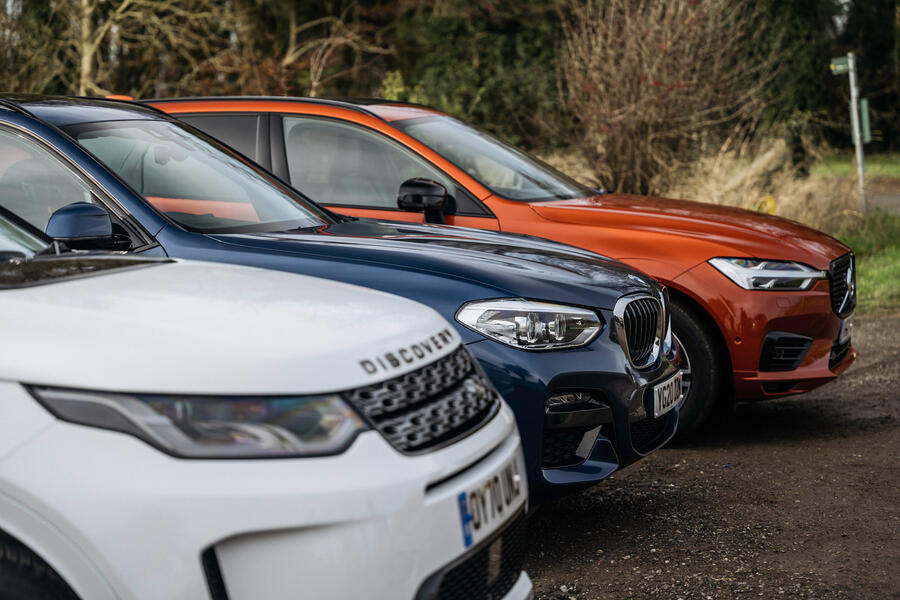
Here’s one of the reasons why. While the X3 xDrive30e can be had in sportily styled M Sport equipment specification, it doesn’t run with the lowered, stiffened suspension that other M Sport variants of the X3 get. That may be considered BMW’s tacit admission that there’s a limit to the handling dynamism that can be successfully tuned into a two-tonne X3.
You can have adaptive dampers as an option on the BMW, just as you can on the Land Rover, while adaptively damped air suspension is optional on the Volvo. But it just so happened that none of our test cars had optional adaptive suspension fitted, which made them very simple to compare.
The Discovery Sport aims at fluid-feeling, bump-smothering handling fluency and pretty well aces it. It’s remarkably sweet-handling and precise through corners too, though, with its chassis somehow using that little bit of compliance and body roll at everyday speeds to enhance B-road agility and composure rather than undermine it. It’s darned clever how Land Rovers do that these days. They certainly didn’t always.
The BMW, by contrast, aims for lowness, tautness and a much less isolating, more connected ride. It has less turn-in agility than the Land Rover but better mid-corner balance, grip and stability, so you drive it with more confidence at speed. It has better vertical body control too, but it’s busier-riding and nowhere near as comfortable. It’s gunning for ready poise and an understated sense of handling purpose, then, but it doesn’t quite create it as cleverly.
The Volvo’s ride and handling seem just to be aiming at intuitive simplicity. It’s the only car here without gearshift paddles or a Sport driving mode squirrelled away somewhere. Because, I dunno, with two independently operating powerplants in the car, perhaps the driving experience is already necessarily complicated enough? You’ve got to salute the instinct.
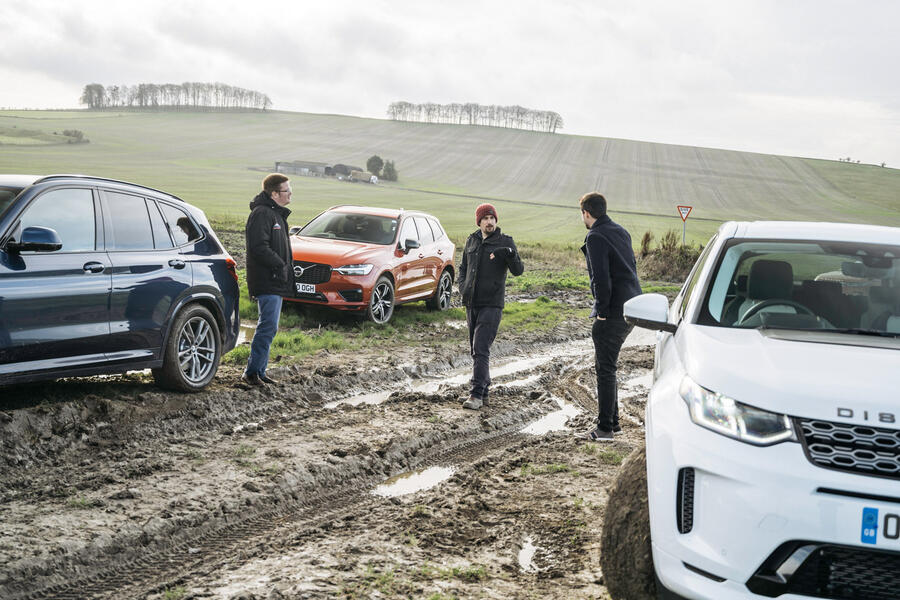
The steering is moderately paced, the ride medium-firm, the controls medium-light, filtered and easy to twiddle. The car could have been more agile, clearly, but Volvo would rather it did a bit of everything. It’s just a shame that it doesn’t ride better because, despite clearly being softersprung than the X3, it’s somehow even less settled, quiet and smooth than the BMW when the surface deteriorates. While it’s comfy enough around town and on the motorway, there’s a loose, underdamped feel to its close body control, which allows it to pitch and fuss over bumps and to loll quite suddenly onto its outside wheels if you hurry it through a bend.
Advantage Land Rover, then. And how do those hybrid powertrains feel? Quite different from each other, you might be surprised to learn. The BMW gets mixed up with its sporting pretentions again: it’s a noisier operator than the other two and performs strongly in outright terms, although it seems to struggle a little for outright electric-only oomph.
The Volvo’s performance feels smoother and slightly torquier at low speeds, and it’s a little more pleasing to drive around town in EV mode, although its mask of composure and refinement slips under greater throttle loads, when progress can start to seem a bit clunky, flustered and hesitant.
But really it’s only the eerily smooth, remarkably quiet and effortlessly torquey Land Rover that makes the Volvo and BMW suddenly seem second-rate. Its electric rear axle combines spookily well with the combustive half of its propulsion system, the latter composed of a silken eight-speed automatic gearbox and a turbocharged three-cylinder engine that remains really well-mannered, even when it’s revving.

The Discovery Sport isn’t only more responsive than its rivals from low speeds but also feels more urgent when getting up to the national limit. But what’s really striking about it is the seamless togetherness of its electric and combustive double act. You don’t feel the gearshifts even under full power. The effect is really very EV-like indeed.
And the fuel economy? Perhaps not. While the Land Rover’s electric range stands to make it an economical car for those who can charge it plenty (and, unlike the majority of PHEVs, it supports DC rapid charging for fast battery top-ups when you’re out and about), in range-extended hybrid mode it’s a car that – verified again by the same back-to-back road-loop testing – might return only 32mpg or 33mpg.
That compares with about 36mpg for the Volvo and 38mpg for the BMW. If you’re a high-mileage driver and you pay for your own fuel, that’s a difference big enough that it might begin to offset your company car tax savings, so it’s well worth considering.
It’s not enough to deny Land Rover an impressive win here, mind you. Gaydon has tuned and executed this all-important plug-in hybrid powertrain very cleverly. It gives the Discovery Sport not only outstanding electric performance and range but real strength under power too – and amazing smoothness, refinement and comfort.
This is the newly configured, petrol-electric, premium family SUV as most would surely want it. Maybe all that beard-stroking and gilet-plumping was worth it after all.
READ MORE
2021 Land Rover Discovery boosted with new tech, mild-hybrid engines
Britain's Best SUV 2020: Land Rover Defender
Jaguar Land Rover readies 2021 Range Rover amid lockdown delays

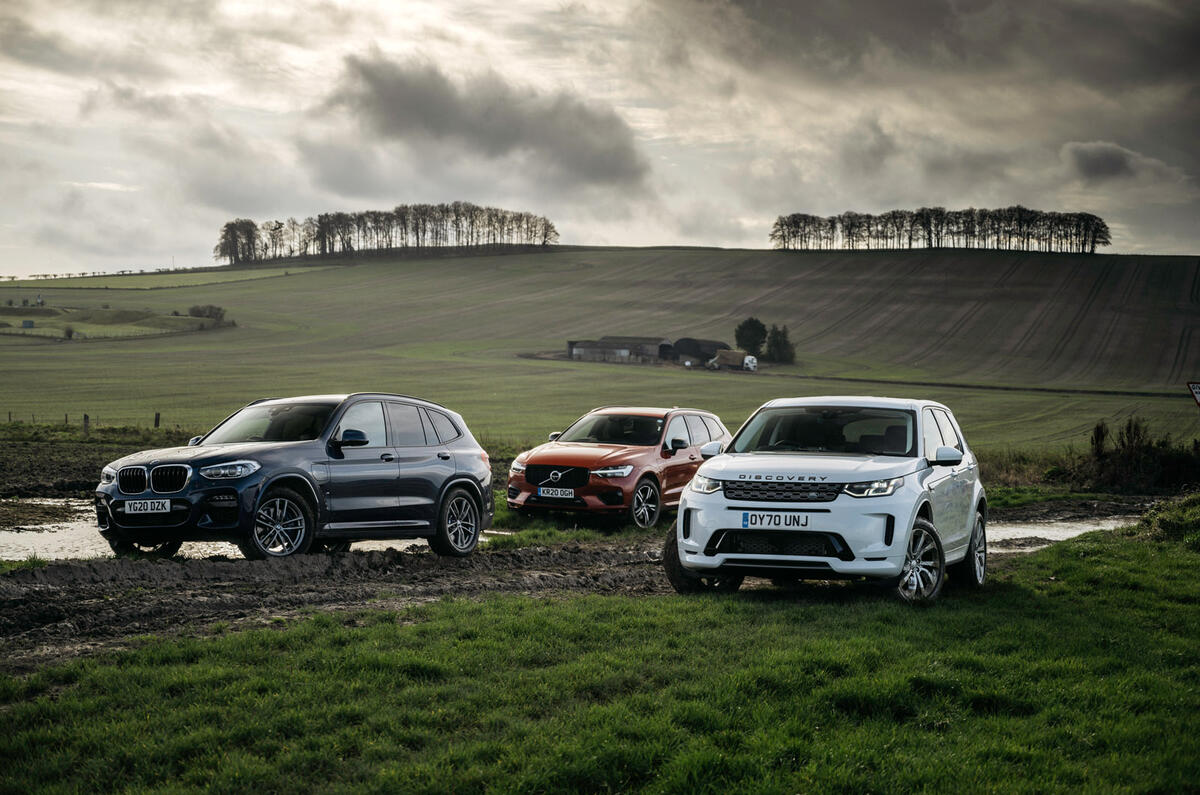
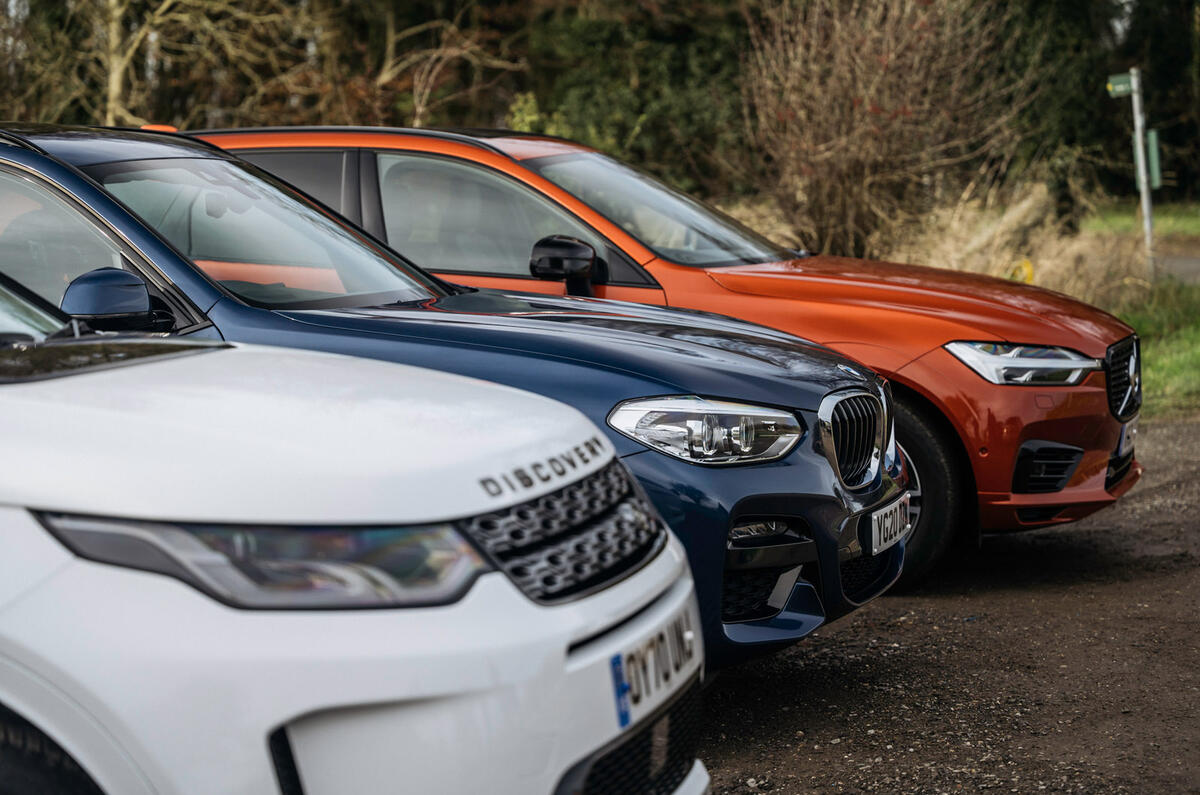
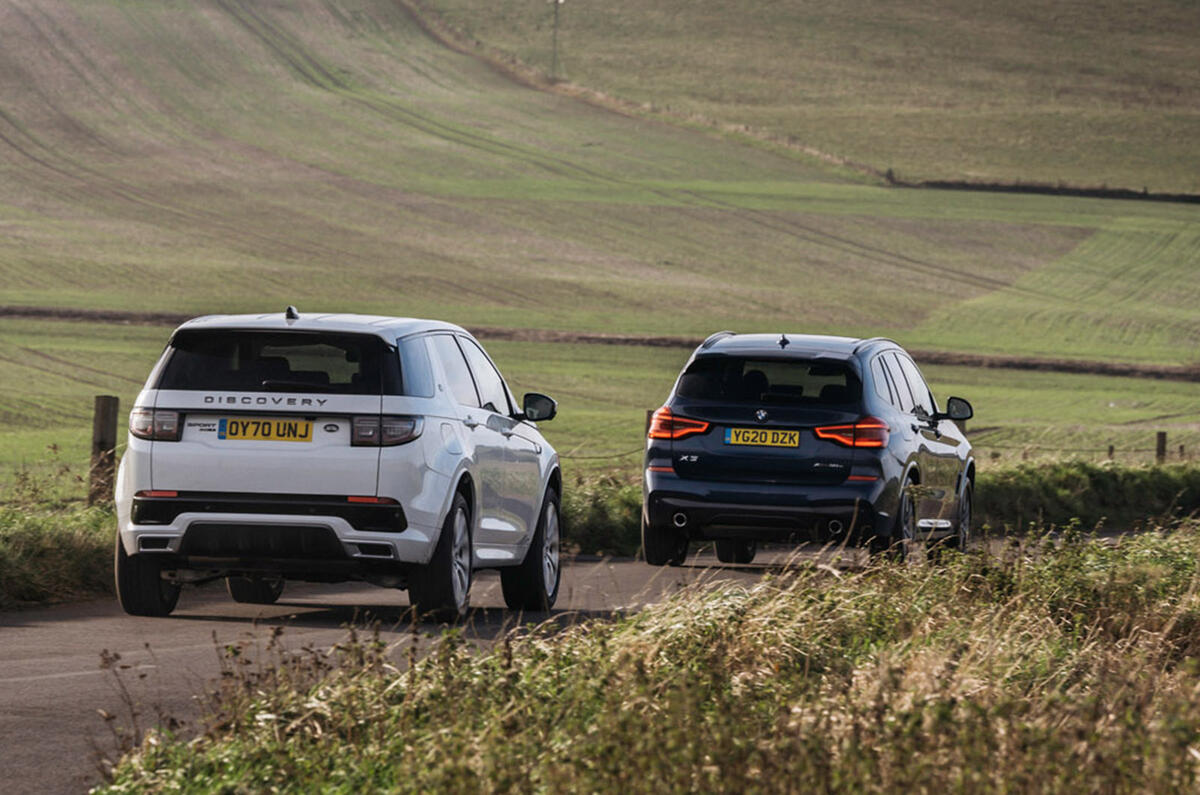
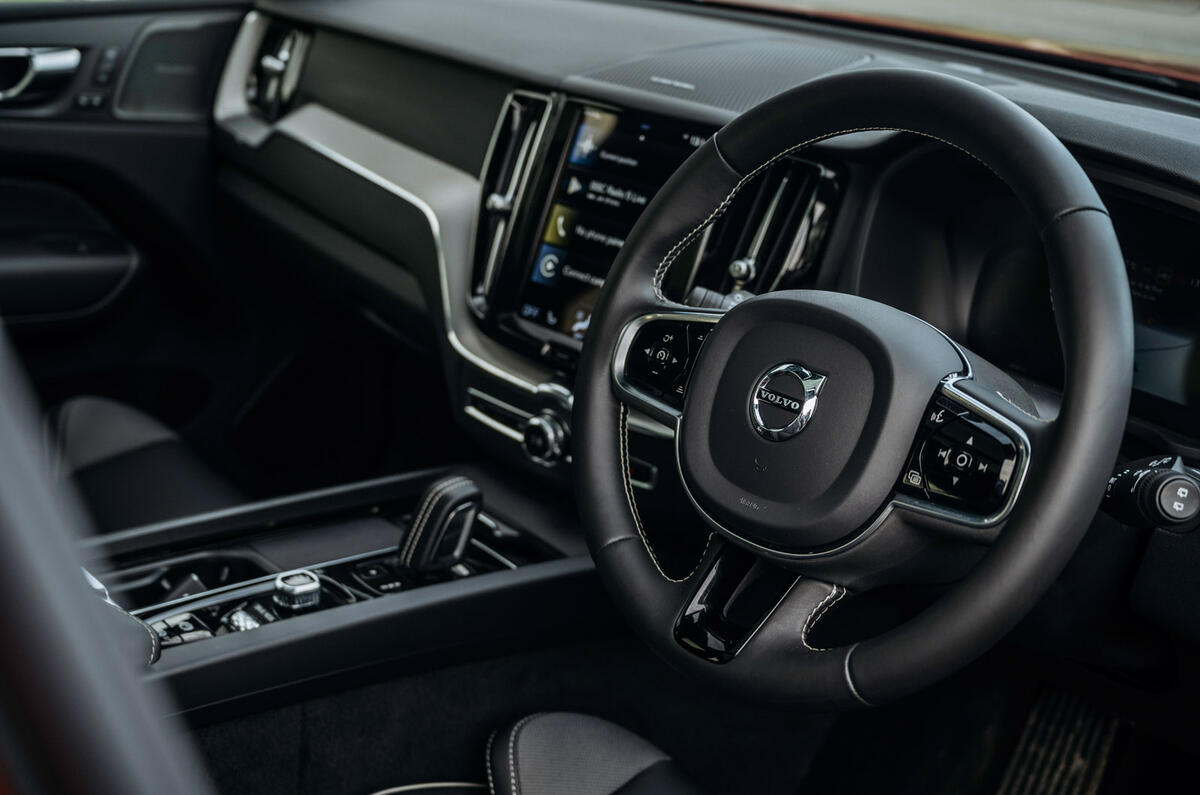
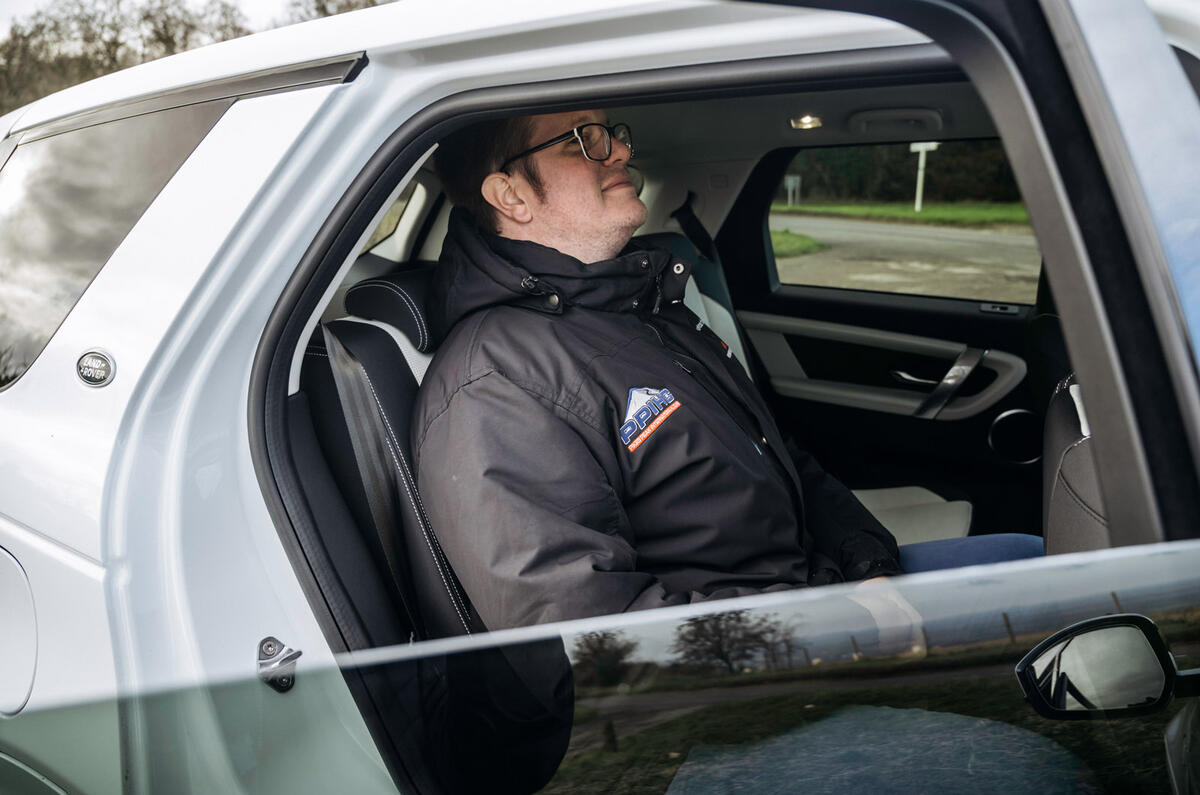
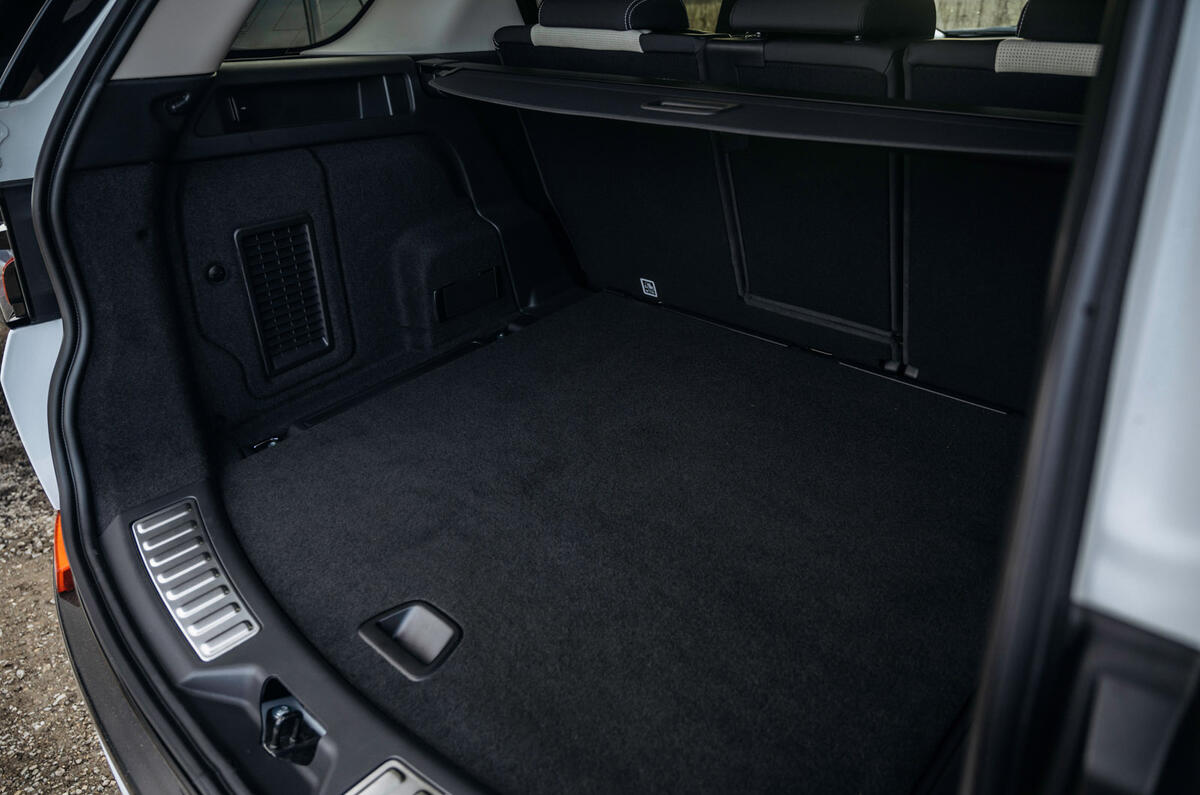
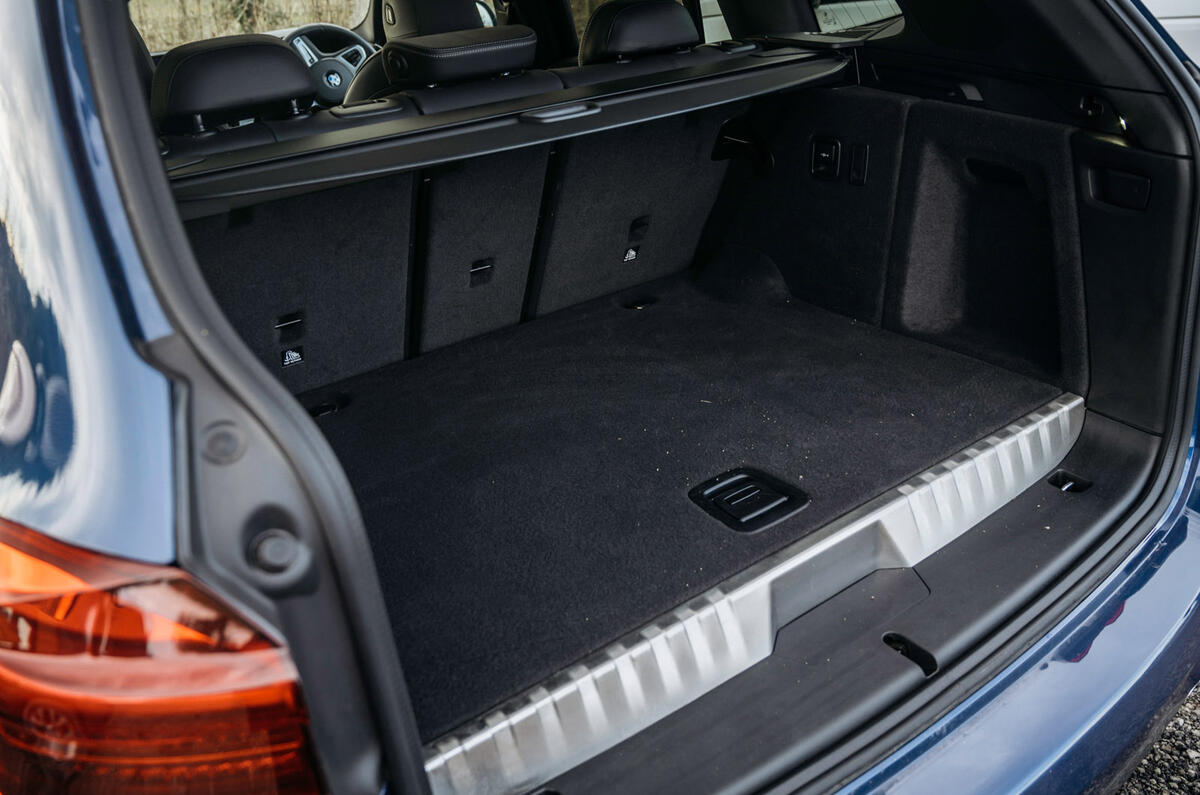
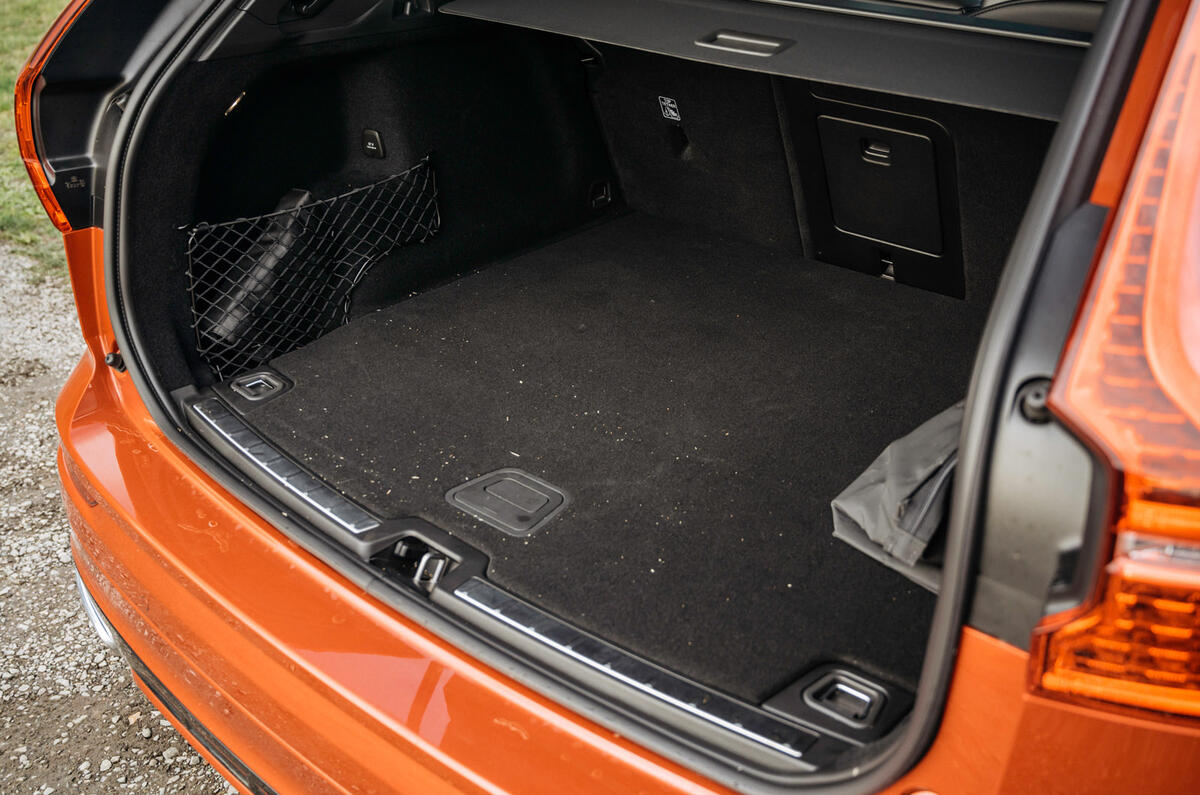
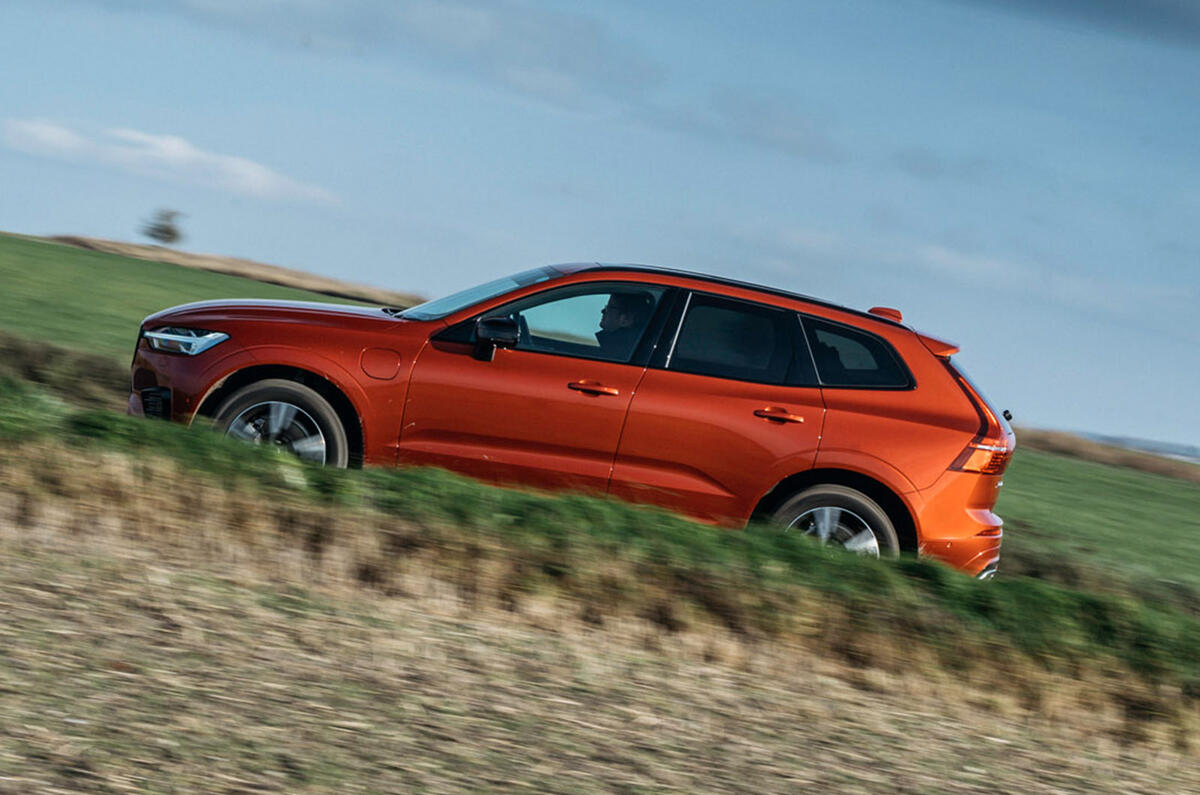
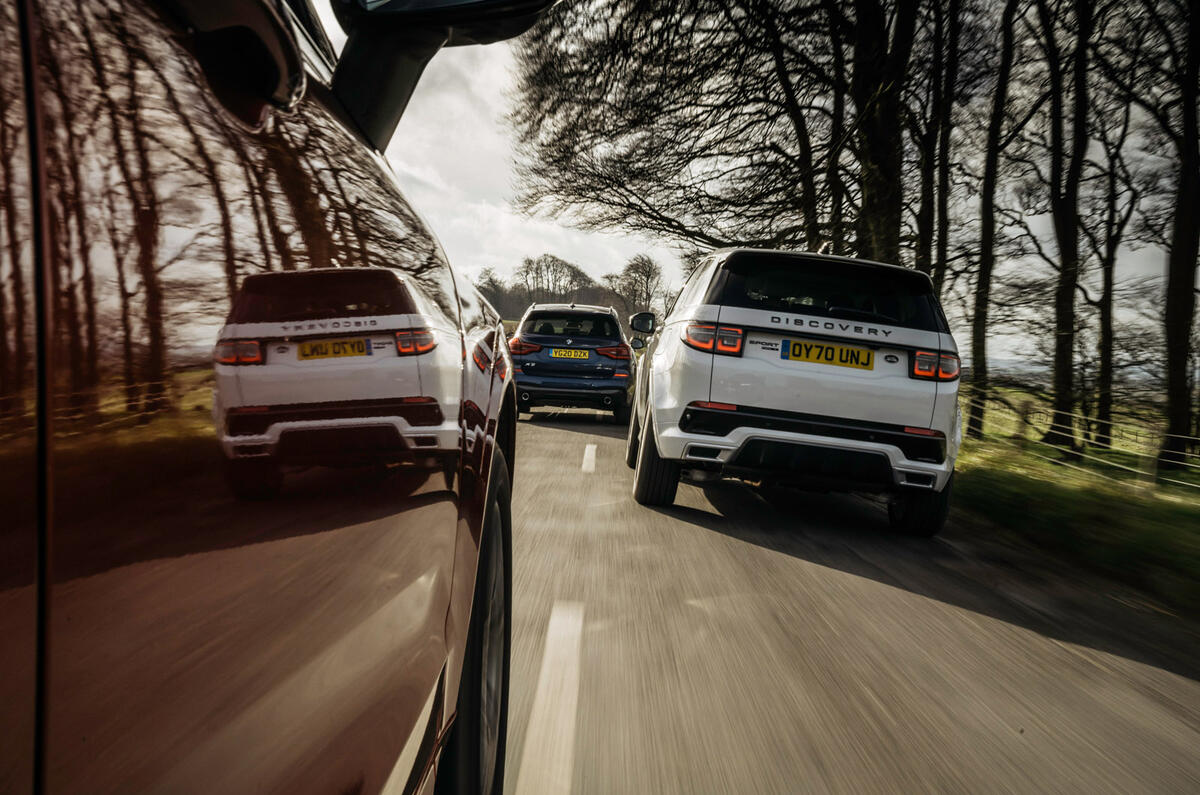
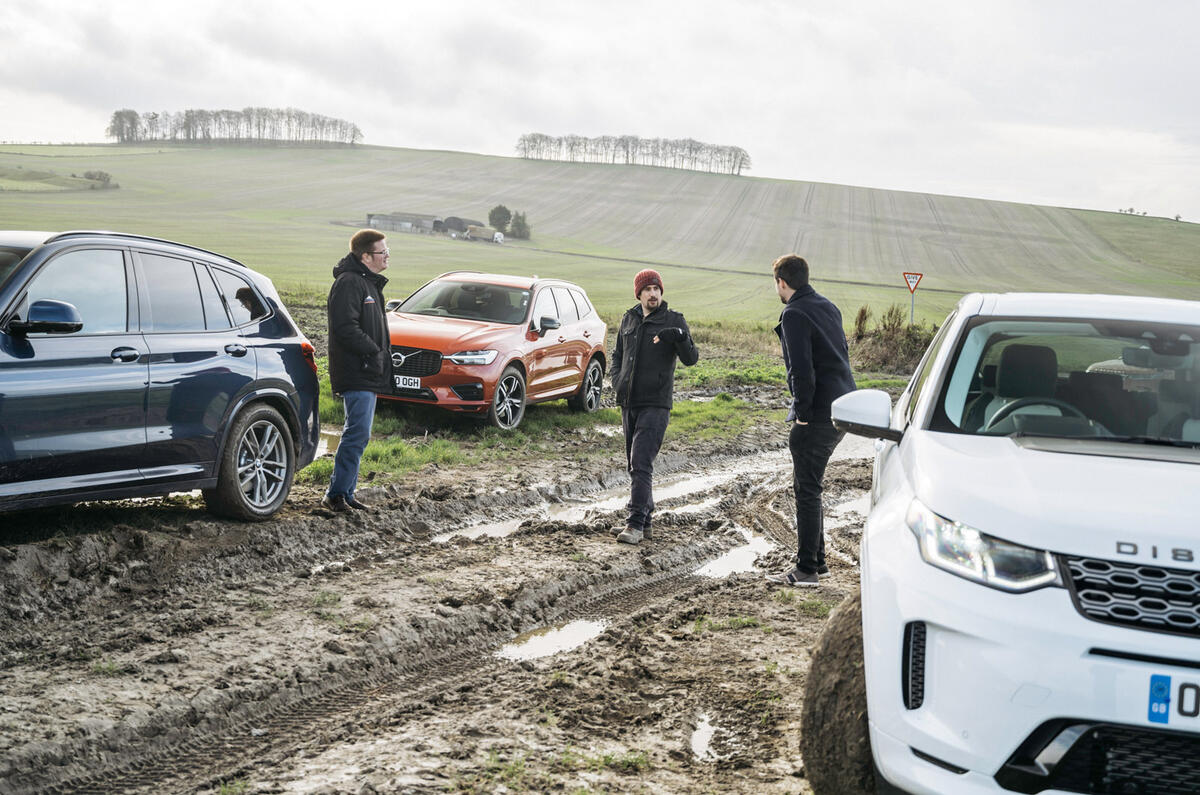
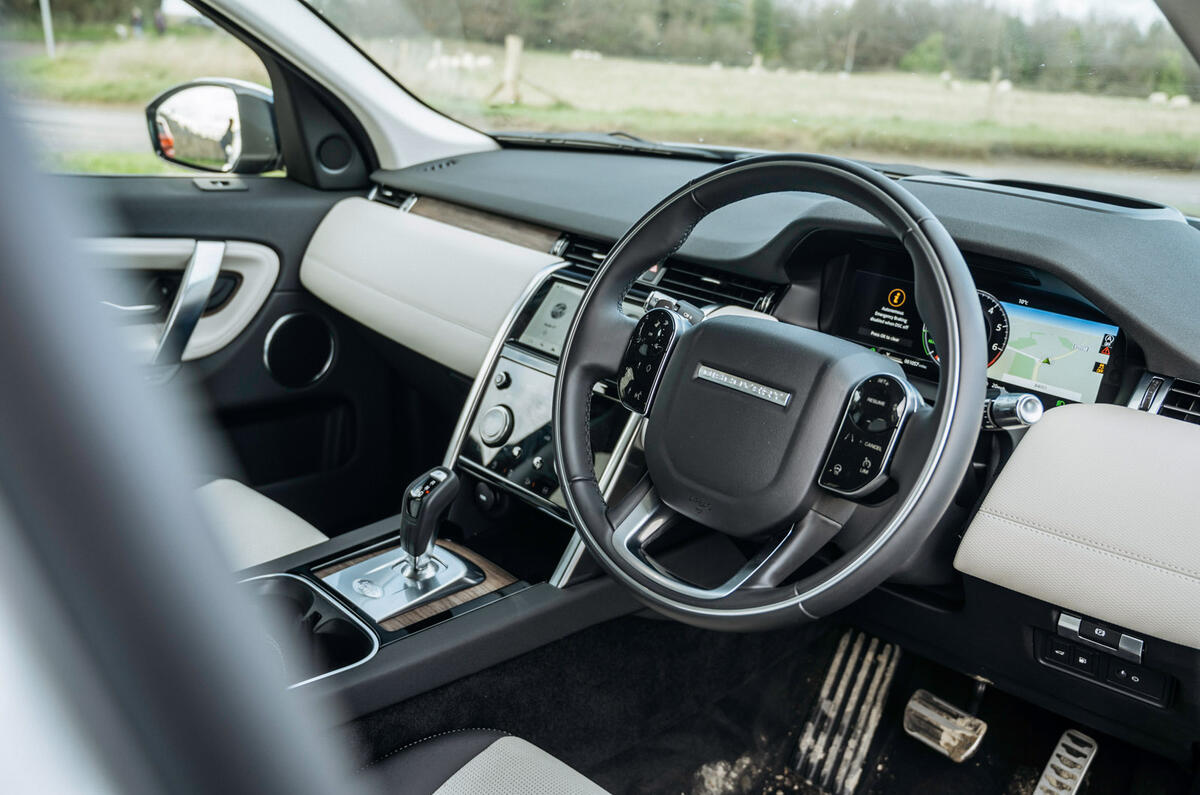

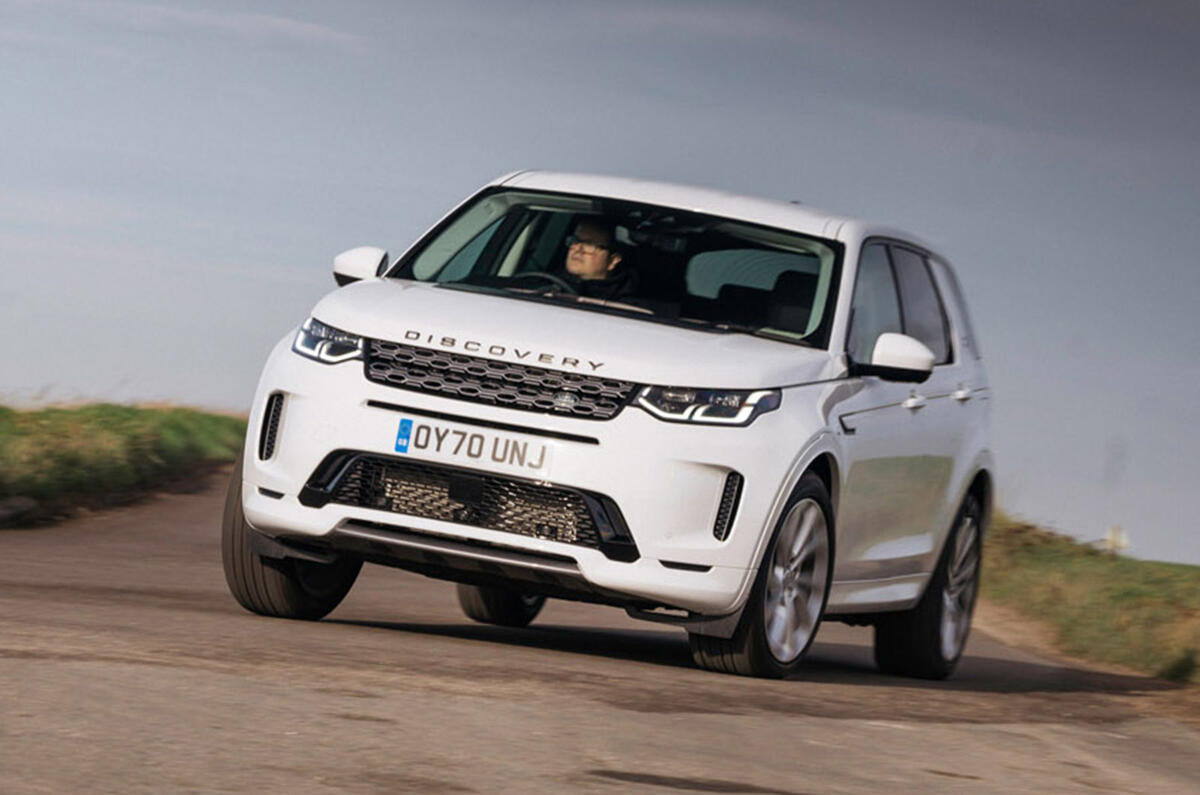
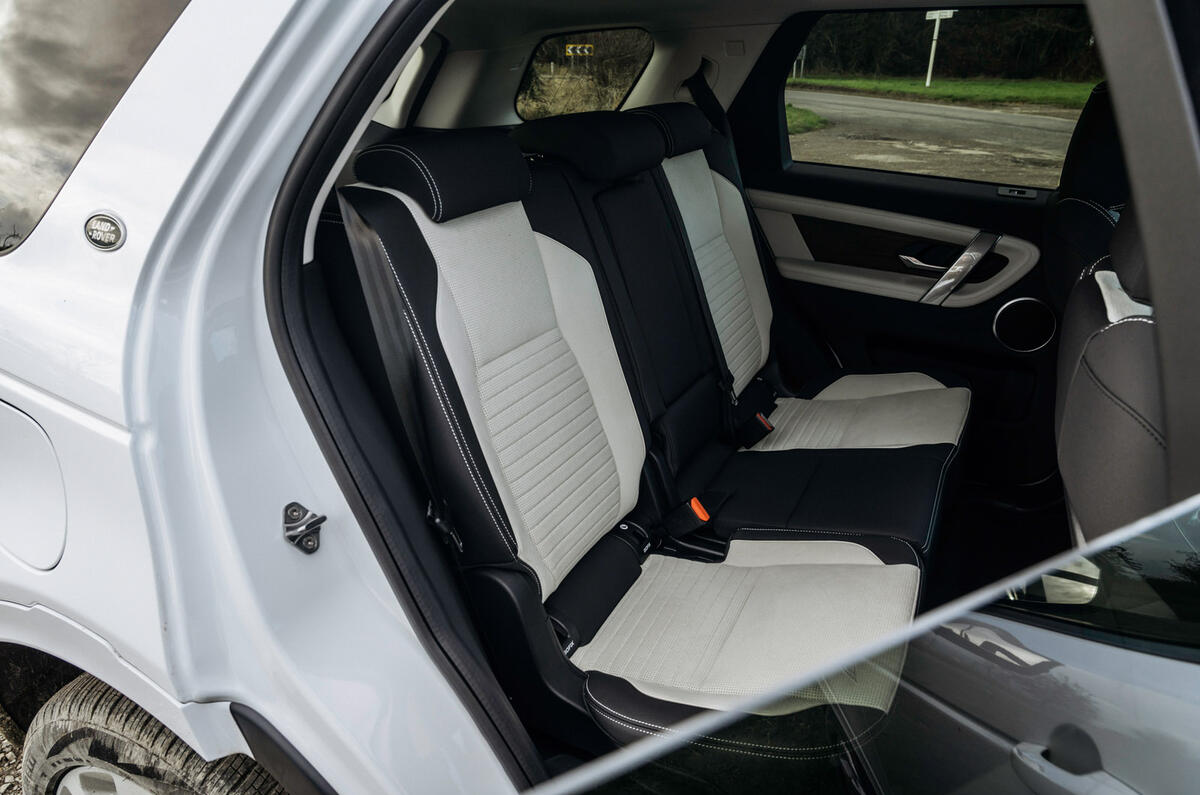
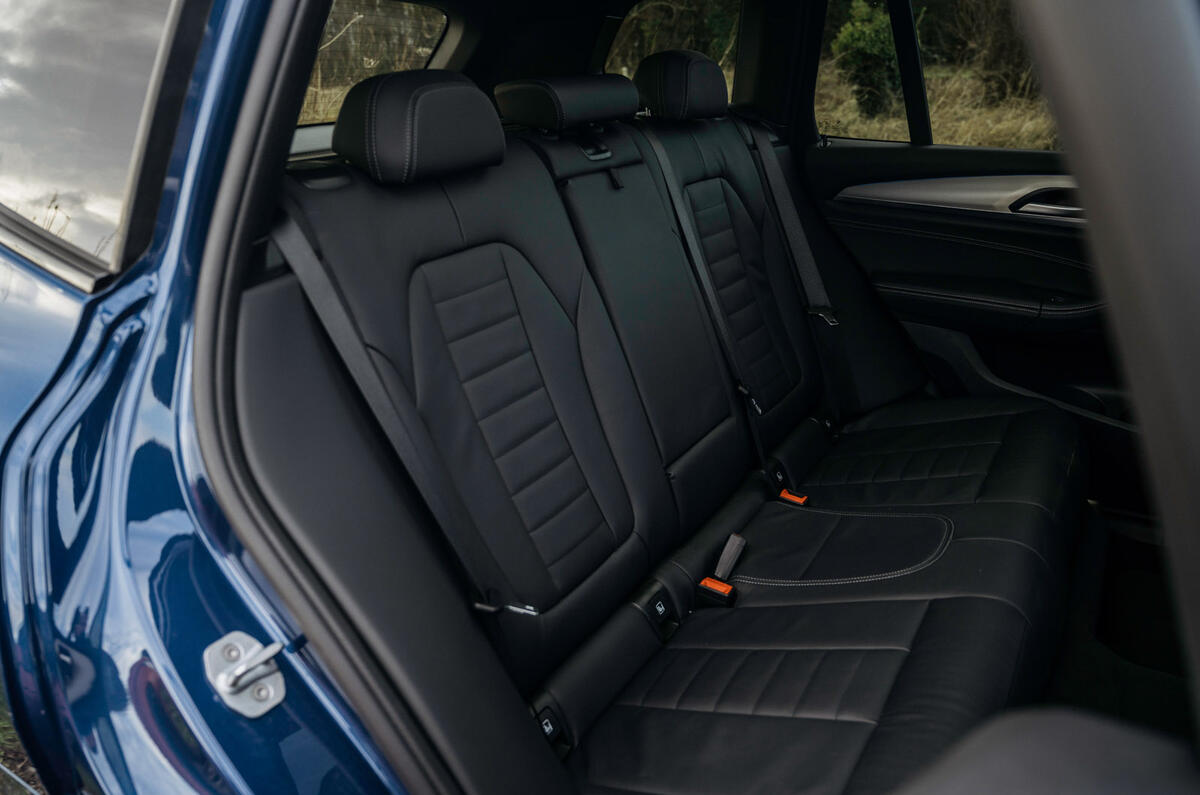
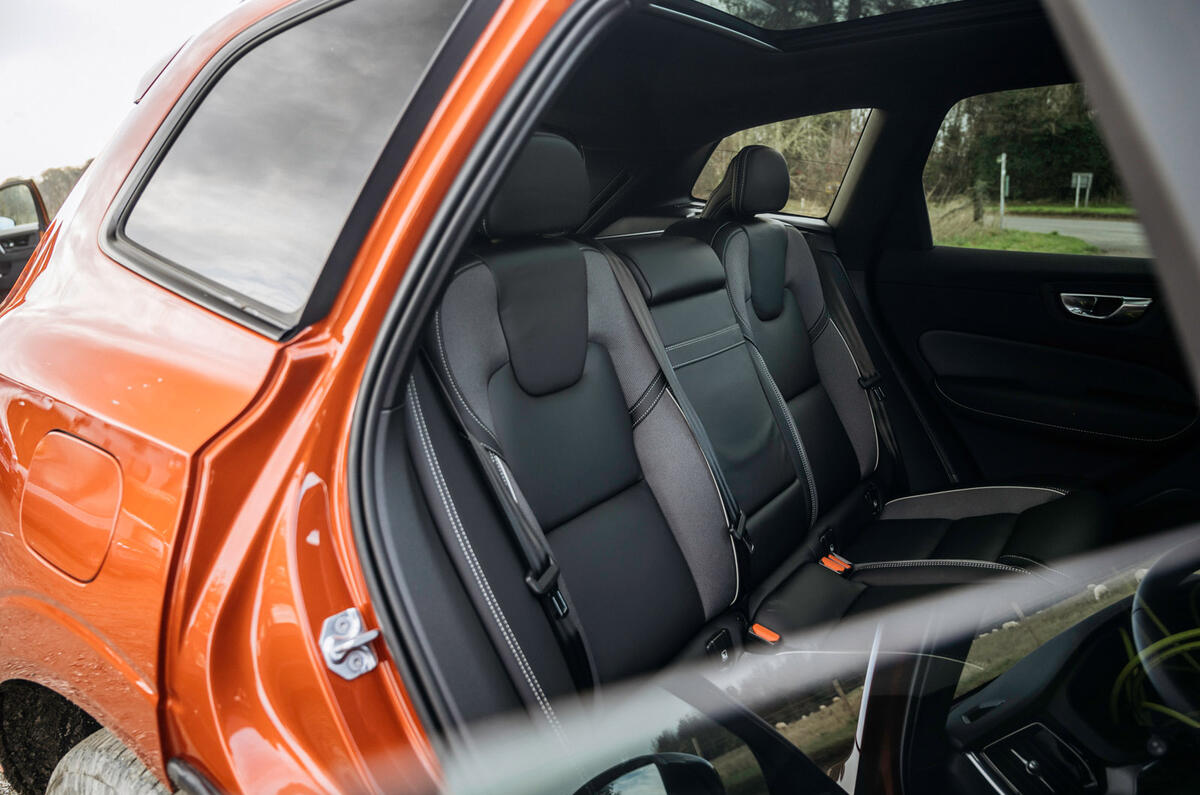
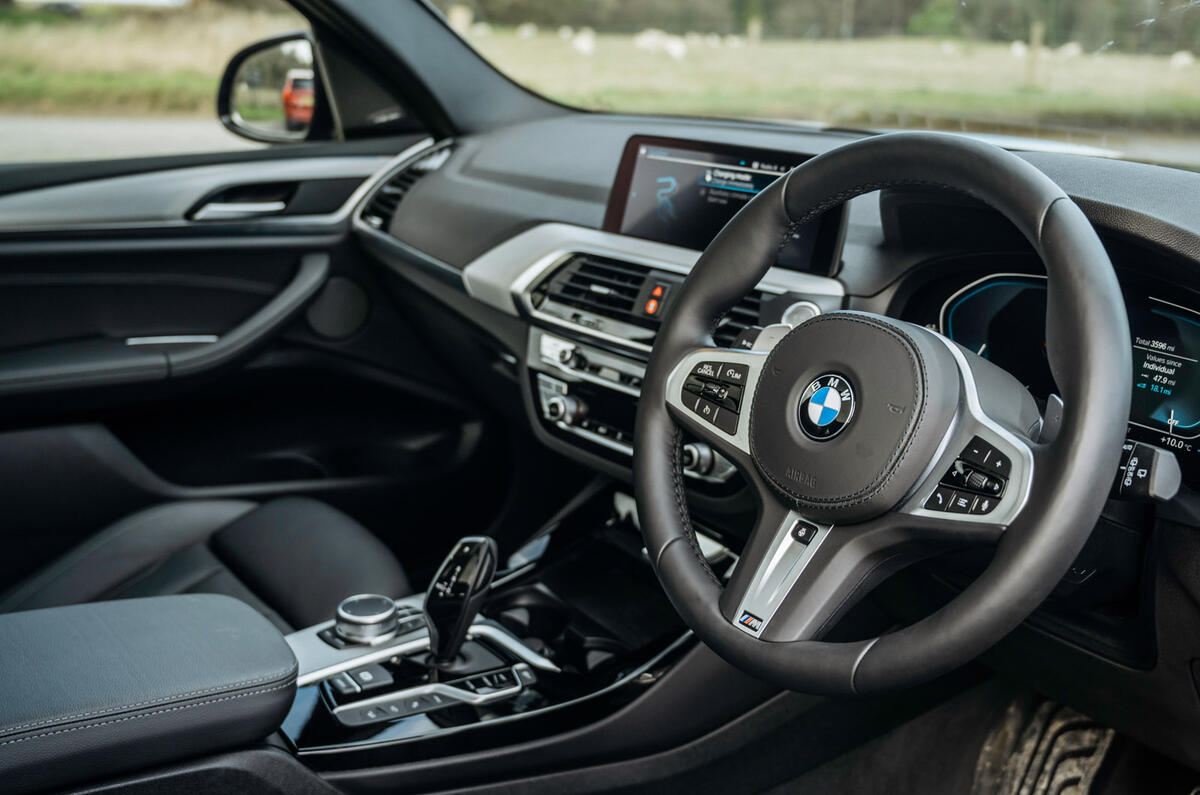
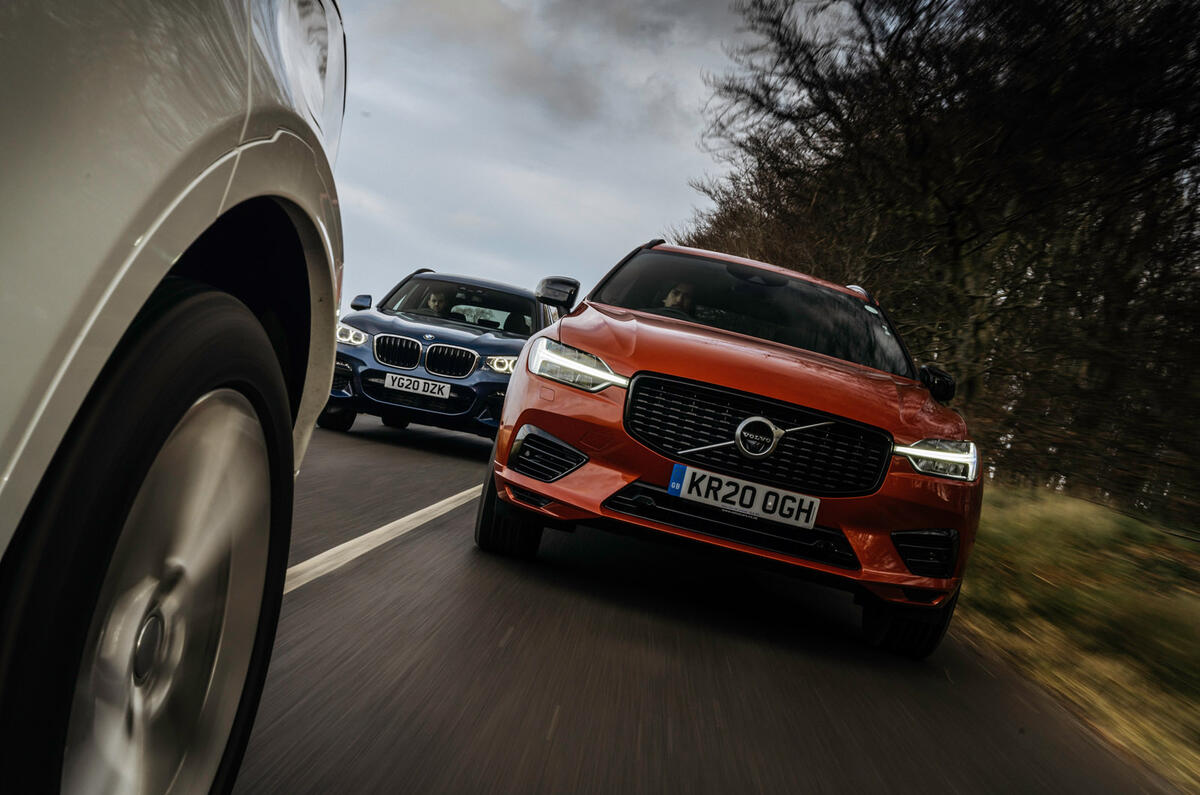
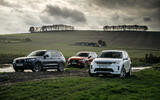
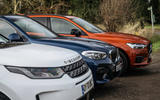

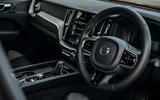

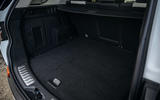
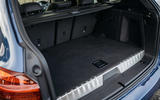
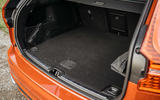
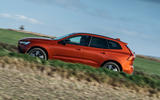


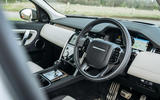

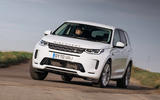
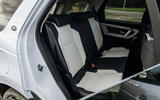
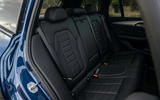
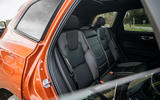
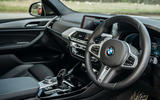
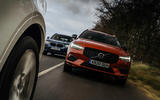






Join the debate
Add your comment
Having owned a P300e for 6 months my experience is very poloarised. Functionally it's a pretty decent car, hybrid system works well, electric mileage of 25 to 30 miles, and the refinement and features are great.
The reliability though is a total disaster. The car spent more time at the dealers being fixed than on our driveway. It was recovered by Land Rover assistance twice as undrivable in that time. In the end with some sadness we rejected it and got our money back.
Great spec, great features, terrible design and engineering.
The other weird thing is that you buy a JLR car at the end of its warranty all the faults have normally been dealt with so in a way your always better off with a JLR car.
I have a four year old DS. It sounds like this PHEV version resolves most of the gripes I have about it - lack of power, refinement, so so interior and poor infotainment. I look forward to trying one once lockdown eases.